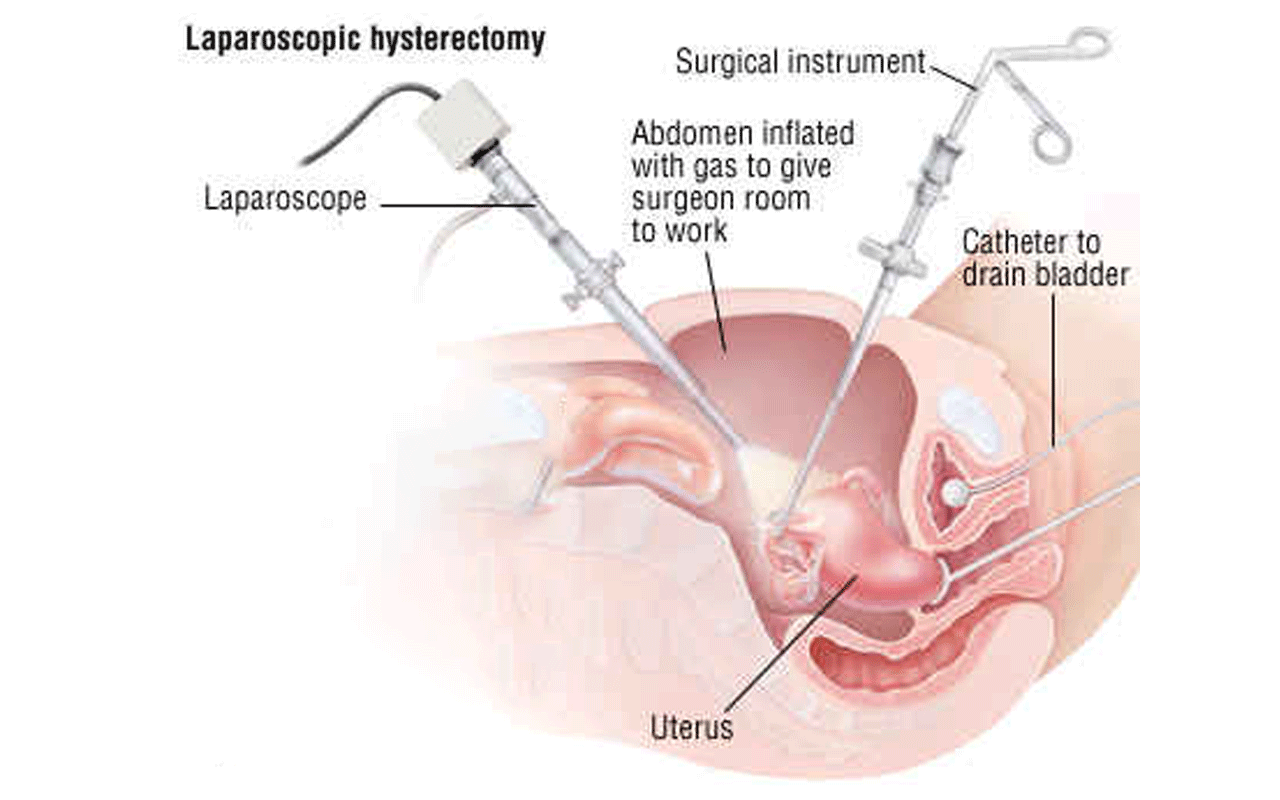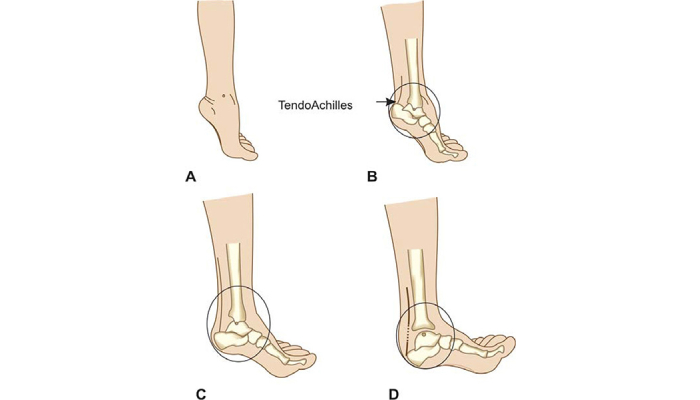Congenital foot deformities are structural abnormalities of the feet that are present at birth. These conditions can range from mild to severe and may affect one or both feet. Without timely treatment, they can lead to pain, difficulty walking, and long-term mobility issues. Fortunately, congenital foot deformity correction offers effective solutions to help children grow, walk, and play without limitations.
Understanding Congenital Foot Deformities
Congenital foot deformities occur due to improper development of bones, muscles, or ligaments during fetal growth. They can happen independently or be associated with genetic syndromes or neurological conditions. Some of the most common types include:
-
Clubfoot (Talipes Equinovarus): One or both feet are twisted downward and inward.
-
Metatarsus Adductus: The front half of the foot turns inward.
-
Flatfoot (Pes Planus): The arches of the feet are underdeveloped or collapsed.
-
Vertical Talus: A rigid flatfoot deformity where the foot points outward and upward.
-
Tarsal Coalition: Abnormal fusion of bones in the foot, limiting motion.
Early detection—often at birth or through prenatal ultrasound—is key to achieving the best outcomes.
When Is Correction Needed?
Some mild deformities can improve on their own with growth and stretching exercises. However, moderate to severe cases often require medical intervention. Treatment is usually recommended when:
-
The foot deformity affects standing or walking
-
The child experiences pain or frequent tripping
-
The condition worsens over time
-
There are visible differences between the feet
Treatment Options for Correction
Treatment for congenital foot deformity depends on the type and severity of the condition. Options include:
1. Non-Surgical Correction
-
Stretching and Casting (Ponseti Method): Commonly used for clubfoot, this involves gentle manipulation and weekly casting to gradually correct the position. A brace may follow to maintain alignment.
-
Physical Therapy: Exercises to strengthen and stretch muscles, especially for flexible deformities.
-
Orthotics: Custom-made shoe inserts or braces to support proper foot alignment.
2. Surgical Correction
When non-surgical methods are ineffective or the deformity is rigid, surgery may be needed. Procedures may include:
-
Releasing tight tendons or ligaments
-
Correcting bone alignment
-
Lengthening or transferring tendons
-
Fusing abnormal joints (in cases like tarsal coalition)
Surgery is typically performed by a pediatric orthopedic surgeon and is followed by rehabilitation and bracing to ensure proper healing.
Recovery and Prognosis
With early and appropriate treatment, most children recover well and go on to lead active, healthy lives. Recovery from surgery may involve:
-
Immobilization in a cast or brace
-
Physical therapy for mobility and strength
-
Regular follow-ups to monitor growth and alignment
Parents play a crucial role in recovery by ensuring children wear prescribed braces and attend therapy sessions as advised.
Conclusion
Congenital foot deformity correction is a vital step in ensuring a child’s long-term mobility and quality of life. Whether through gentle casting or precise surgical techniques, today’s treatments offer hope and healing. Early intervention not only improves foot function but also builds a strong foundation for a confident and active future.




